Listening Notes
After properly breaking in the JC 5 for ten days straight, we finally sat down for a listen. The Halo JC 5 wasn’t shy about showing off its feathers. Familiar recordings sounded immediately more spacious and deeply quiet at the same time. There were lower level nuances we hadn’t heard before on this system. This could be partially attributed to the solid-state nature of the amplifier, but we felt there was more to the story. This level of clarity and resolution typically comes at the cost of sounding sterile and dry. Instead, the JC 5 remains incredibly musical, liquid, and fast. Its ability to articulate and grip tracks with a multitude of singers and instruments is uncanny. Everything is effortlessly and precisely layered out – and individualized.
Spatial resolution is one of the JC 5’s greatest strengths. Its ability to provide a pristinely focused center image could be easily heard in both Linda Rondstadt’s Blue Bayou and Diana Panton’s A Little Girl A Little Boy A Little Moon. There’s no guessing how the recordings were mixed and laid out. There’s plenty of refined air and aural layering that encompasses the shape and texture of the instruments. The strums and plucks of guitar and bass notes are elegantly played with tangible weight and accurate decay. It’s also capable of delineating fine lines of strings and leading edges of rapid piano notes with confidence and speed.
With more energetic and involved tracks, the Halo JC 5 stays composed and unperturbed. It has a very free-flowing and coherent nature about it while providing granular delivery of the overlapping complexities. For example, in Hocus Pocus by Focus, the side electric guitars never wane or sinks while the stereo scene unfolds vividly – and in an atmospheric cloud of chaos. The JC 5 is perfect puppet master when it came to the police sirens, helicopters, gunshots, and screams. It’s very transparent and clean – which leaves no details unturned.
It also exhibits its strength in treble accuracy and bass definition in tracks such as Shatter Me by Lindsey Stirling. All the synths, bells, violins, and vocals are given their own space to perform – without overexertion or distortion. Wonderful twinkles above and thumps below while being surprisingly coherent. Some amps sound more smeared and confused with this track but the JC 5 had complete control of the situation.
Our favorite recording with the JC 5 was Feeling of Jazz – Wynton Marsalis (with Dianne Reeves). The background is pitch black as the percussions delicately play with the proper amount of shine and slam. Instrumental and vocal timbre are remarkably solid and palpable with incredible spatial resolution. Vocals are refined and well-textured. Overall a very immersive and exciting sound that was a joy to listen to.
Comparisons
McIntosh MC452 ($8,500)
Tonally, the MC452 and JC 5 are nearly opposites. The MC452 is more organically textured and warmblooded. It has a denser and more colorful tone. The JC 5 is superior in its instrumentation and vocal outlines and has more dimension and air. The MC452 has less depth and is fuzzier in comparison but has more contrast with its texture. The MC452 has a more forward midrange with very nice weight and slam. The JC 5 is much quicker, more insightful, has tighter bass, and breathes further into the room. It has a wider and deeper soundstage while the MC452 is cozier. Cymbals have more zing and splash with the JC 5 while the MC452 isn’t as vibrant. The JC 5 also does a better job layering out the soundstage and separating out the performers.
Some are going to enjoy the romantic warmth and tonal density of the MC452 while others will prefer the spatial and light-footed nature of the JC 5.
PS Audio Signature BHK 250 ($7,499)
We were in the middle of rolling in some new tubes (Amprex 7308) so we can’t speak on the stock tubes. The BHK isn’t as warm or dense as the MC452 but gets closer than the JC 5. The JC 5 is more transparent, more detailed, and much quieter. It’s more holographic while the BHK is more grounded and intimate. These differences could partially be attributed to the tube input stage vs the complete solid-state build of the JC 5. Additionally, we believe JC 5 benefits from the sturdier footers that accompany the amplifier. The BHK did benefit from having some Synergistic Research MiGs places underneath resulting in more focus and increased closer detail, nudging it closer to the solid-state JC 5. The BHK has a softer and more naturalistic tone while the JC 5 promotes more clarity and texture. Although not as thick or dense as the other amplifiers in this comparison, the JC 5 does provide minute contrasts and color to give just enough perspective.
Those who value soundstage and resolution will prefer the JC 5. Those who want something fuller and more organic (with the option to roll your own tubes) will probably enjoy the BHK 250.
Final Commentary
The Parasound Halo JC 5 certainly lives up to the buzz. It’s easy to see why this Parasound has its set of loyal followers. The amplifier is amazingly quiet, tonally balanced with an ability to deliver detail and layering in a price bracket just a notch below some of it’s bigger brothers. Saying it’s a great value is a bit of a disservice. The Halo JC 5 is a great sounding amplifier, period.
Recurring themes:
- Pristine and crystalline presentation – super transparent and clean.
- Smooth and coherent articulation. Aural gradations are without gaps or roughness.
- Incredible spatial resolution – soundstage width and depth are nothing short of stunning.
- Quick and crisp, well-timed transients. Not to mention authoritative dynamics when called for.
- Remarkably precise soundscape imaging and separation.
After tinkering with it for a few weeks, it’s easy to see that this amplifier has the adaptability to be configured and adjusted as your system changes and grows. The Parasound Halo JC 5 stereo amplifier not only excels in the technical qualities of great sound, it does so with sheer ease and tenacity. In addition to the outstanding build quality and amazing customer service Parasound provides, this top-tier amplifier deserves serious consideration for any reference Hi-Fi system.
For more information on the Parasound Halo JC 5 stereo amplifier, check out their product page.
Check out our SNEAK PEEKS on Facebook and Instagram!




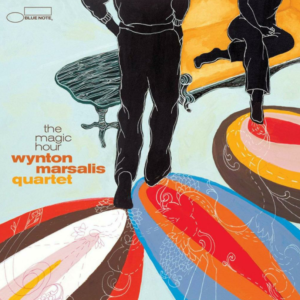
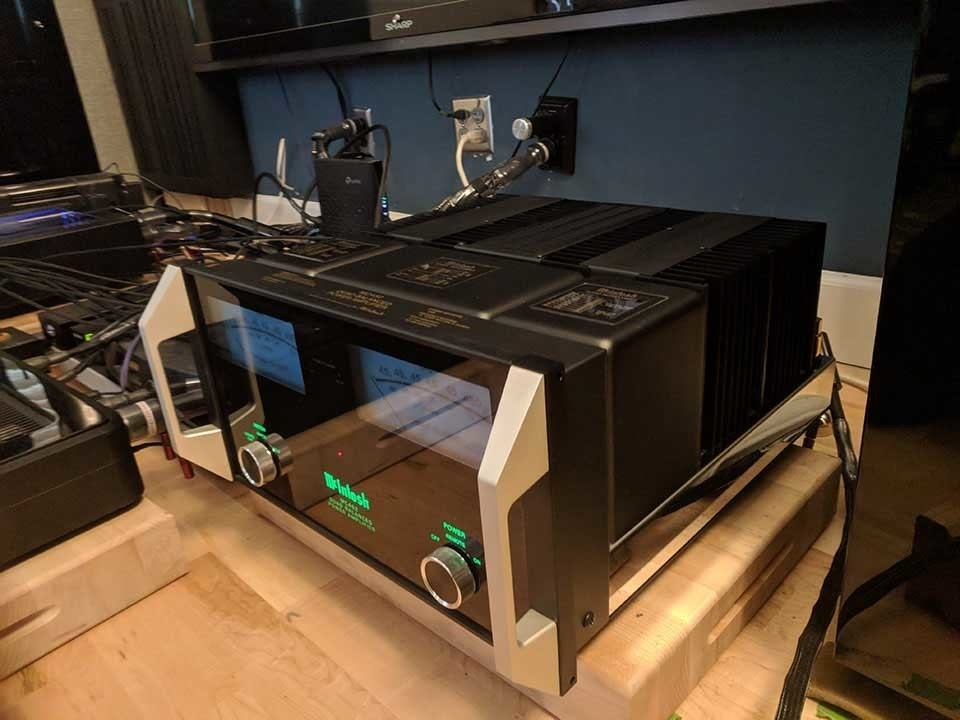
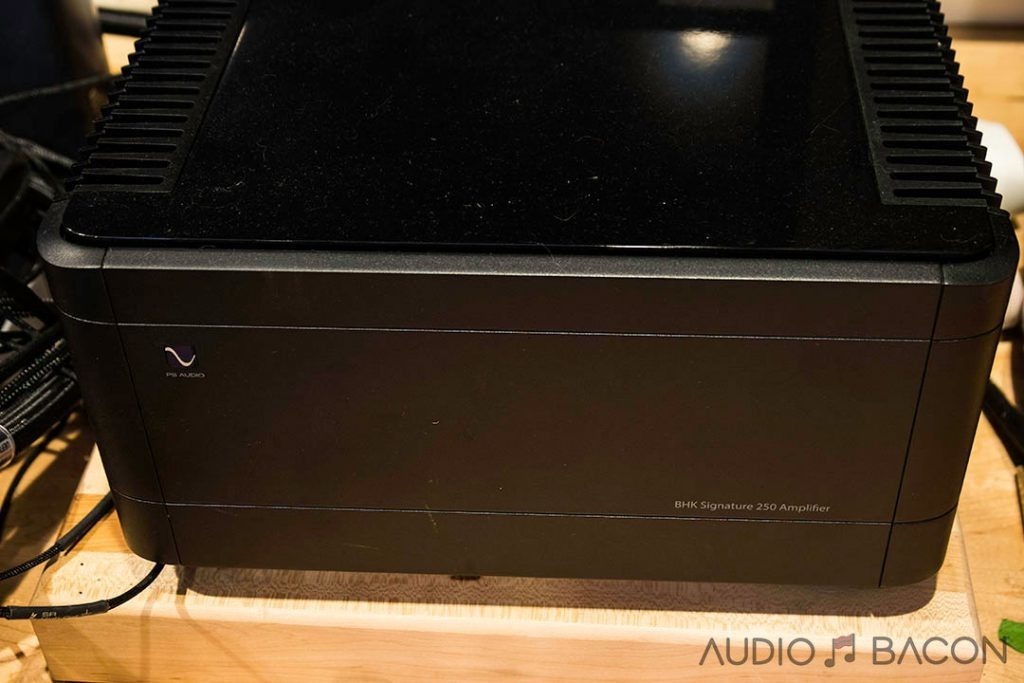
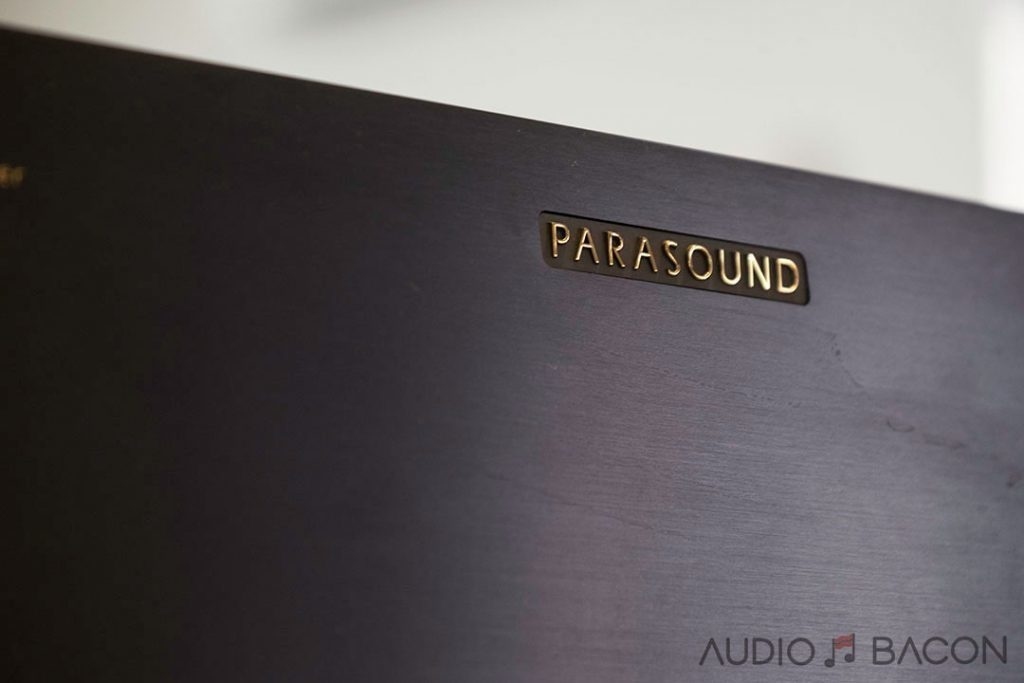







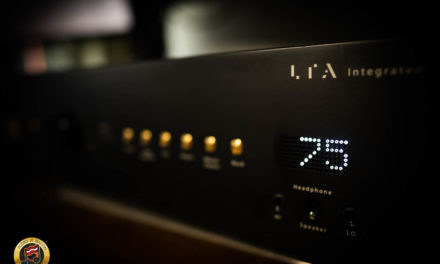


Sounds like a very nice amp at its price point and it should drive many speakers well. Personally, I prefer amps like this that strive for speed and transparency as opposed to a more colored signature. WIth an output of 400w at 8 ohms and only 600w at 4 ohms, linearity could be better and so this is almost certainly due to necessary compromises that were made in the power supply to meet a certain pricepoint. While no specs were provided, I would also question how stable this amp is at 2 ohms and so the buyer will want to carefully audition this amp with their desired speakers as it may not have enough drive.
Nice review and with quality as always. There is another amp MusicalFidelity M8-500S with the same price as JC5.
I always heard good thing about MF but if you could compare it to JC5 will be nice.
I sold my McIntosh MA9000 and McIntosh MC462 to buy the JC 5 and I must say… the JC 5 is better in every single way. It’s also worth noting that McIntosh quality control has gone to hell because every new amplifier I buy from them has a scratch mark or a chip somewhere.
I am currently using a Parasound A51 amp. Would the JC5 be an upgrade move for me?
I apologize for my earlier comment because it was a lie. I’ve actually never purchase Parasound and was being sarcastic. I’m a HUGE McIntosh fan and I’m using a brand-new MC462. I wouldn’t trade it for the world!
So you ar a total BS artist.
These trolls posting as Joseph can’t be taken seriously. This is the original Joseph.
a total bs artist that has a lot of time on his hands. Poor guy has no lift but to post false statements.
No, not a BS artist. Whoever commented used my name and is a troll. I returned my brand-new McIntosh MC462 for a Parasound JC 5 and couldn’t be happier!
A stupid and condescending comment, it adds nothing to this discussion and it reflects poor on you.
We own Martin Logan Expression 13A ESL and a Pro-ject RPM 10 Carbon Turntable with Sumiko Blackbird cartridge and am about to pull the trigger on the MA 9500 because I want a one box solution and the phono stage specs out great; with Parasound I would require the power amp their preamp and their phono stage meaning additional interconnects and power cables. The above review is very much in line with what I hear between the strengths of the Parasound and the Mac plus I am not convinced in 10 years should the Parasound need repair since it is made in China it will be able to be repaired. Nevertheless that you owned the MA9000 and sold it stating the JC 5 is better in every way I would like to learn in what ways and what does the rest of your system consist of? I am also considering the Michi X5 Series 2 Integrated. Were you able to get 20% or more off from the MAC dealer?
James, per Parasound, the amp is stable into 1.5ohms. I own one and drive Sopra 2s. No issues… very happy.
I currently own the Paracast A51 amp. Do you thing the JC5 is a large improvement over what I have now?
Not apples to apples. I had the A21 and moved to the JC1s. Although the A21 is nice, the JC1 is a definite step up. At first the JC1s seemed to have a conservative bass, but turns out, it just was more detailed. Textures and details that are glossed over in the A21 as one fat note. Highs are so much more detailed without being annoying. Very easy to listen to. With movies, either one is fine, but the JC1s have it on transient impact. Will startle you at times with the right material. The A21 would always have my ears ringing the next morning after long listening sessions. Never with the JC1s. If the JC5 is suppose to be a JC1 lite then it should be a worth while upgrade.
Any time a Reviewer uses any kind of power conditioning, he is enhancing the sonics of what he is reviewing; it is unethical to do so which presupposes that any audiophile who purchases the amp will achieve the same sonic benefits?
and to do so, is to review the amp without any enhancements.
A Reviewer must be impartial and adding any external device to better the sonics is deceitful and contrary to what a Reviewer is suppose to do.
The quality of my power grid is different from yours. This means we’ll hear differences – and the review may or may not be useful to everyone. A power conditioner mimics “optimal” conditions which I think is more useful overall.